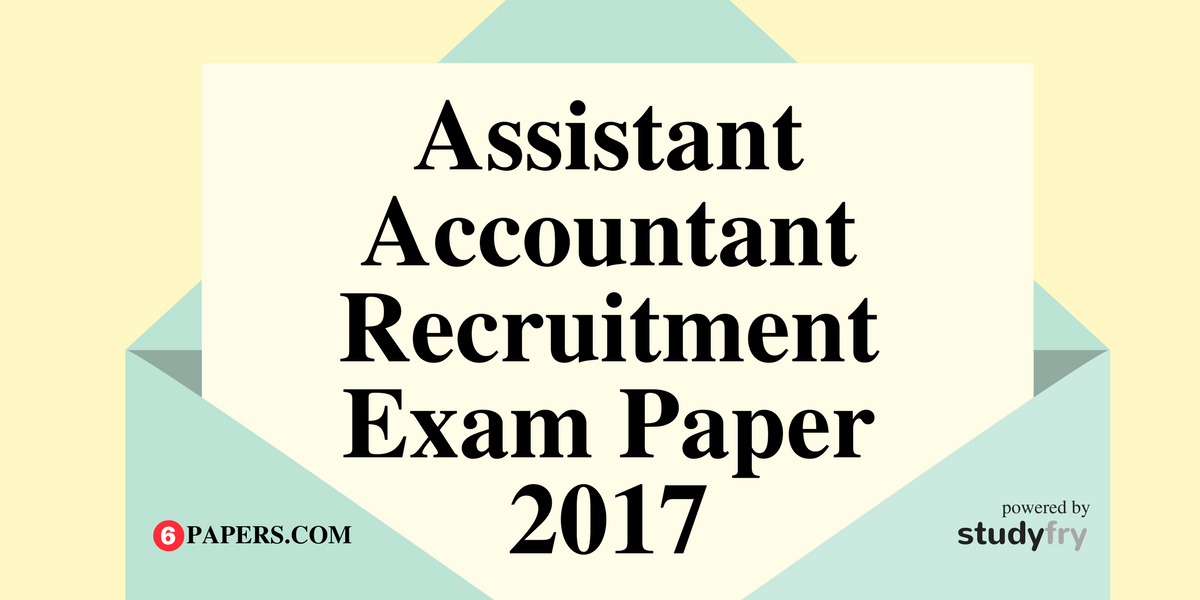21. Cost of depreciation fund is the –
(A) Explicit cost
(B) Opportunity cost
(C) Average cost
(D) Equity cost
Show Answer
Hide Answer
22. Trading Account is a –
(A) Personal account
(B) Real account
(C) Nominal account
(D) None of the above
Show Answer
Hide Answer
23. Under annuity method the amount of depreciation is –
(A) Fixed for all years
(B) Increasing every year
(C) Decreasing every year
(D) Fluctuating from year to year
Show Answer
Hide Answer
24. If the shares are forfeited, the share capital account is debited by –
(A) Face value of shares
(B) Paid up value of share
(C) Called up value of share
(D) Issue price of share
Show Answer
Hide Answer
25. Which of these accounts show debit balance?
(A) Machinery account
(B) Sales account
(C) Capital account
(D) All of the above
Show Answer
Hide Answer
26. Which of the following is non-current asset?
(A) Stock
(B) Good will
(C) Prepaid rent
(D) Accounts receivable
Show Answer
Hide Answer
27. Copyright is an example of –
(A) Tangible assets
(B) Intangible assets
(C) Wasting assets
(D) Fictitious assets
Show Answer
Hide Answer
28. On dissolution of a firm, an amount realized from the unrecorded asset is credited to –
(A) Revaluation account
(B) Realization account
(C) Cash account
(D) Capital accounts
Show Answer
Hide Answer
29. A decrease in the provision for bad and doubtful debts results in –
(A) Increase in net profit
(B) Increase in equity
(C) Decrease in net profit
(D) Both A and B
Show Answer
Hide Answer
30. Which of the following concept shows difference between amount of receipt and right to receive an amount?
(A) Matching concept
(B) Going concern concept
(C) Accrual concept
(D) Realization concept
Show Answer
Hide Answer
31. Sacrificing ratio is calculated in the case of –
(A) Retirement of a partner
(B) Death of a partner
(C) Insolvency of partner
(D) Admission of a partner
Show Answer
Hide Answer
32. Only Personal and Real Accounts are shown in-
(A) Balance sheet
(B) Trading account
(C) Profit and Loss account
(D) Trial balance
Show Answer
Hide Answer
33. If the net profit earned during the year ₹80,000 and debtors have increased during the year by
₹15,000, the cash from operation will be
(A) ₹80,000
(B) ₹65,000
(C) ₹95,000
(D) ₹40.000
Show Answer
Hide Answer
34. A and B are partners sharing profits in the ratio of 2 : 3. They admit C for 2/4th share in business. The sacrificing ratio of A and B is –
(A) 3:1
(B) 1:4
(C) 2:3
(D) 1:1
Show Answer
Hide Answer
35. A person deposits LIC premium of ₹10,000 He can claim –
(A) Deduction U/S 80C
(B) Exemption U/S 10
(C) Both A and B
(D) None of the above
Show Answer
Hide Answer
36. Accounting Standards Board of India was established in which year?
(A) 1970
(B) 1972
(C) 1973
(D) 1977
Show Answer
Hide Answer
37. Preparation of Final Accounts falls in –
(A) Book keeping
(B) Accounting
(C) Auditing
(D) None of the above
Show Answer
Hide Answer
38. Which of the following does not come under the purview of book-keeping?
(A) Financial transactions
(B) Recording
(C) Posting
(D) Analysis and interpretation
Show Answer
Hide Answer
39. While deciding about the divisible profit which of the following facts must be considered?
(A) Current depreciation
(B) Arrear of depreciation
(C) Capital profits
(D) All of the above
Show Answer
Hide Answer
40. Destruction of vouchers by auditor is –
(A) Civil liability
(B) Criminal liability
(C) Other liability
(D) None of the above
Show Answer
Hide Answer


Leave a Reply